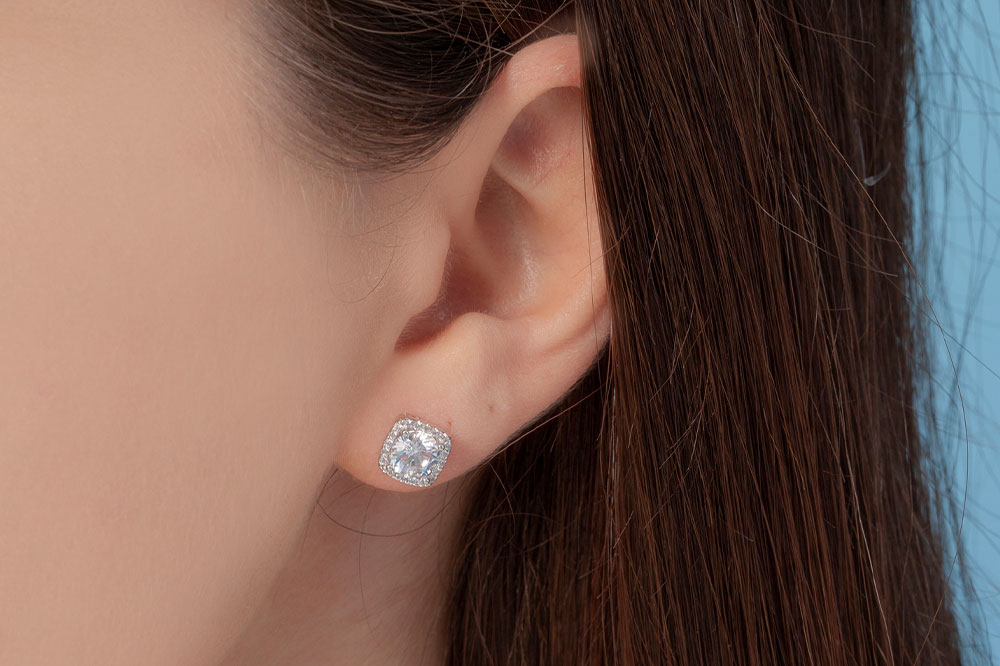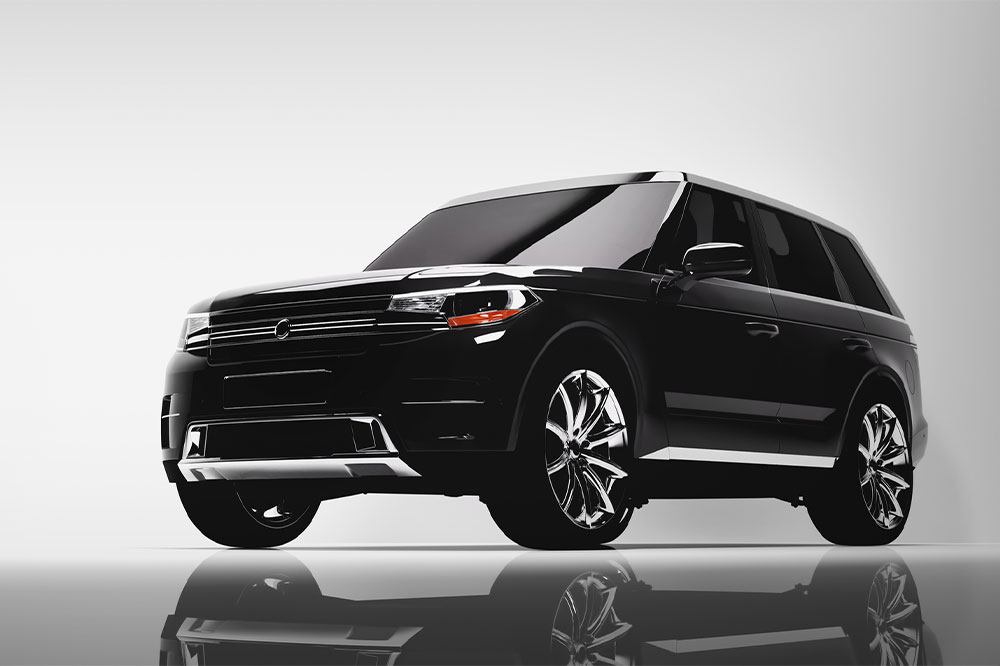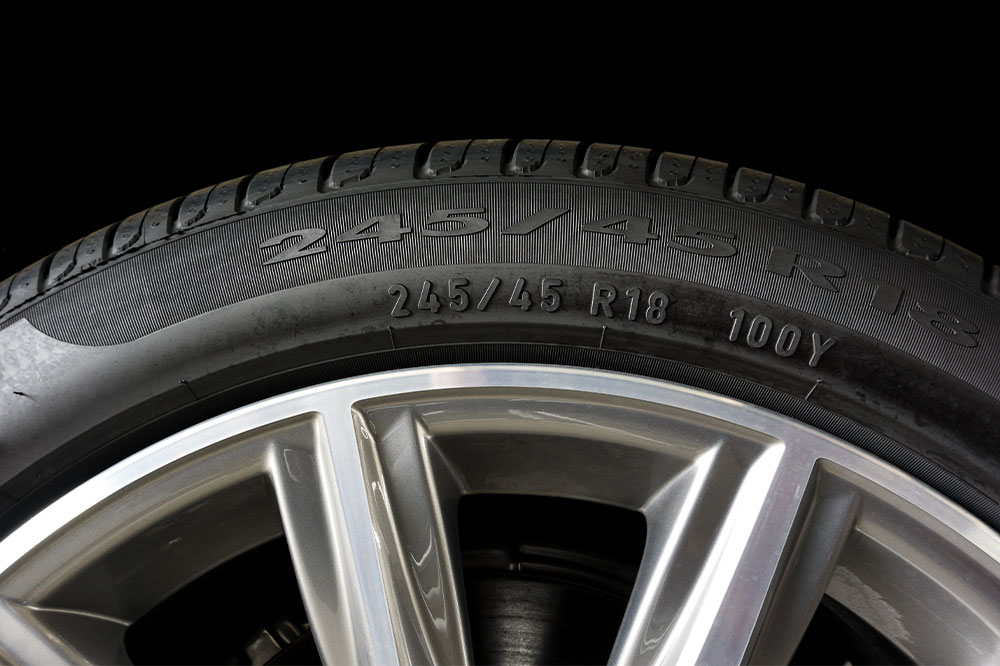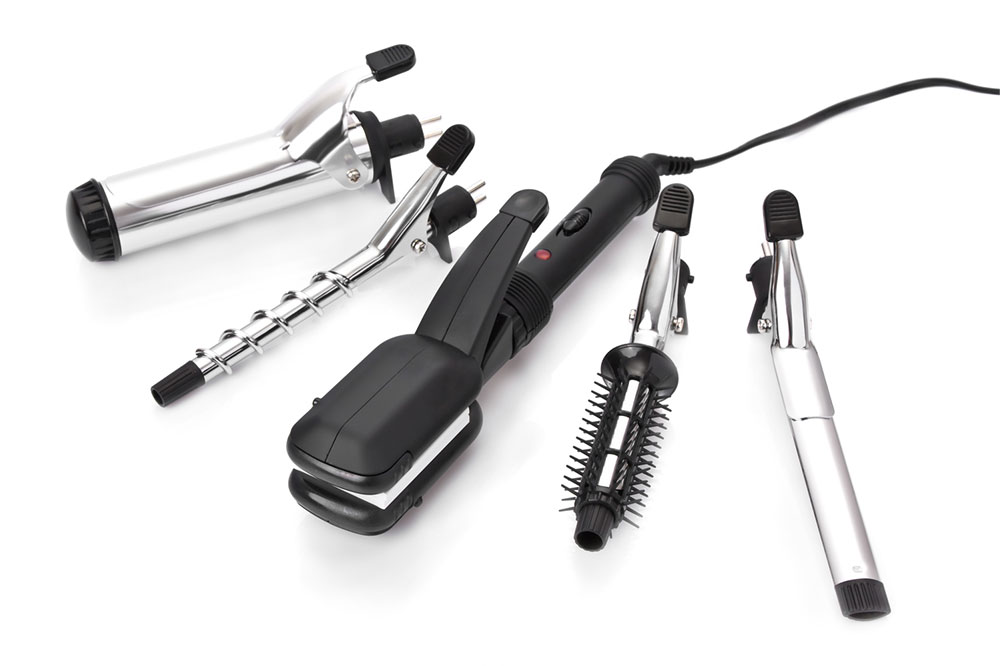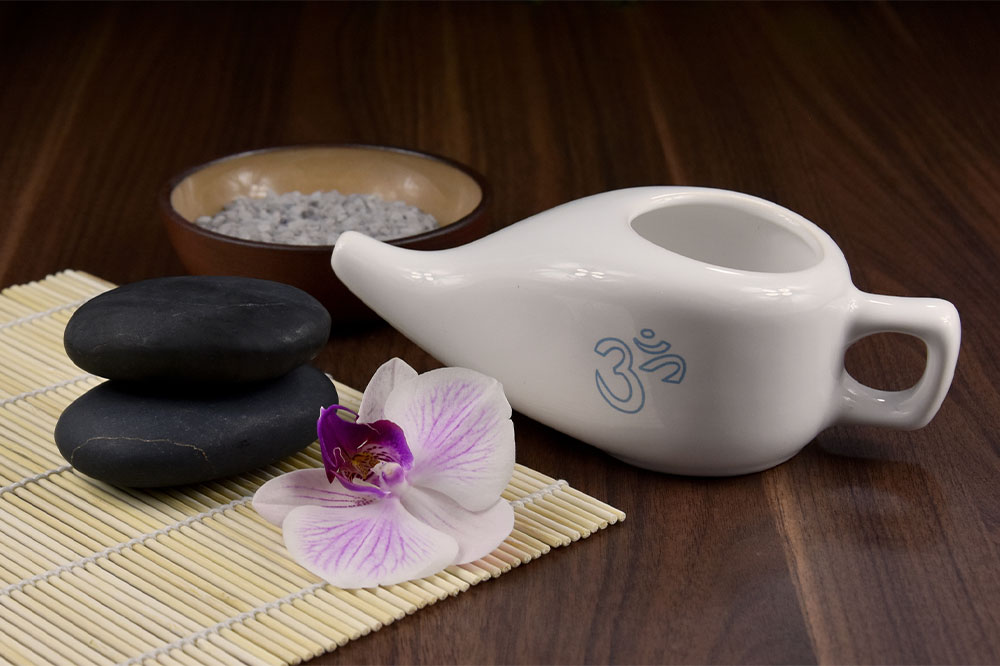6 things to consider when choosing a water bottle
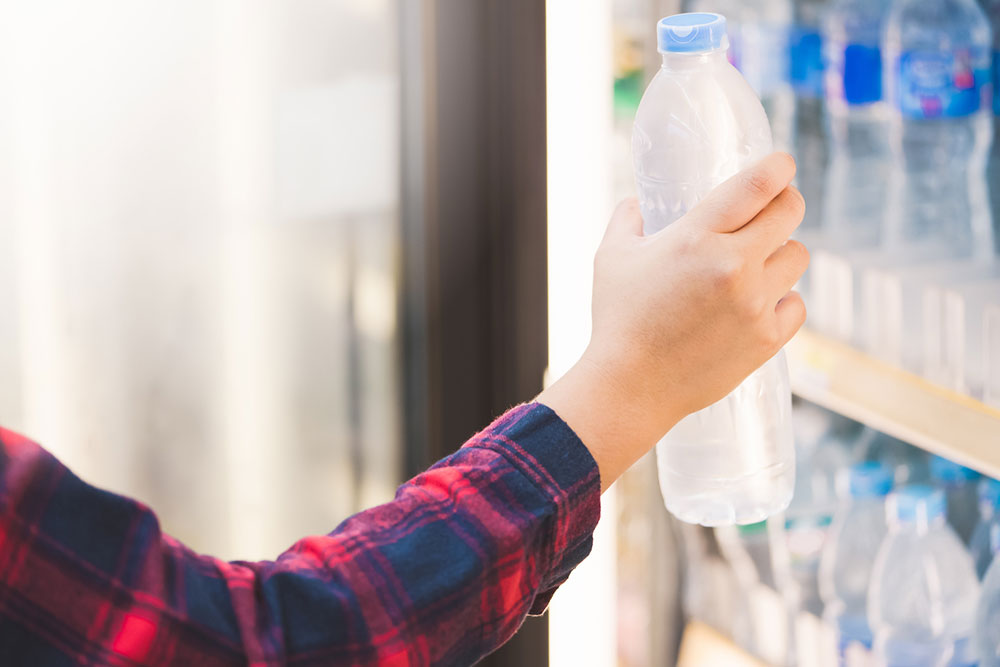
A reusable water bottle can help one meet the daily water intake requirement, especially if one is constantly on the move. This also helps minimize dependence on single-use bottles. However, while shopping for water bottles, one may have to explore all options and compare features and prices. Further, one should choose durable options, as reusable bottles must last for a long time. Here are a few other factors to consider for choosing a reliable bottle:
1. Insulation
Everyone has a specific preference when it comes to the ideal temperature of drinking water. Those who prefer temperature-controlled options might need to invest in a bottle with insulation. Here are the types of insulated bottles one can find:
Vacuum-insulated bottles: They consist of two separate flasks joined together with empty space between them. This helps protect the liquid from exterior temperatures.
Copper-lined bottles: Copper can help maintain the temperature of beverages by conducting and radiating temperature back to the liquid inside the bottle.
Double-walled bottles: The bottles here have two insulation layers, which may or may not be vacuum-sealed. This extra layer between the drink and the outside temperature helps beverages stay hot or cold.
2. Lid types and features
The lid of a reusable water bottle is a key factor to consider, as the right lid stays on tight while also allowing easy access to the water. Here are a few lid options to consider:
– A screw-top lid can stay in place and minimize leakage but may take time to open.
– A flip lid pops open with the press of a button and sometimes reveals a straw, which is useful for one-handed drinking.
– Some lids come with retractable or fixed straws. While a straw makes it easier to drink water, it can be tough to clean. Moreover, a bottle with a straw sticking out is not as portable as standard screw-top variants, as the straw could lead to leaks if grabbed or placed incorrectly.
– Sports caps come with a popable nozzle on top of the bottle. They make it easy to grab the bottle and sip quickly. The nozzles are fixed upon lids with leak-proof, easy-to-open mechanisms.
Additionally, one should look for bottles with handles, as they make the bottles easy to hold and carry.
3. Size and capacity
Assessing daily water intake goals is essential for determining the right size and capacity of the water bottle. A bigger bottle may help one meet the daily water intake goals without refilling it multiple times a day. This is also ideal for traveling. Those who want an extremely portable bottle, say, for grocery trips or going to the gym, could consider a smaller bottle.
4. Material
A reusable bottle can be made of various materials, and each may have unique benefits and caveats. Here are a few common materials:
Stainless steel: It is known for its durability and dishwasher safety. Made from iron and chromium and covered with an inert surface layer, stainless steel is rust-proof. It also does not leach flavors into the water. Additionally, it is a sustainable material choice.
Glass: Glass bottles look good but are usually fragile. They also cannot handle extreme temperatures or maintain drink temperatures. However, recycled glass bottles are an eco-friendly alternative to brand-new bottles or plastic variants.
Plastic: Plastic bottles are some of the most inexpensive options. However, plastic is a product of fossil fuels and, thus, not a sustainable choice. A plastic bottle can also crack and break. In addition, plastic bottles may release unpleasant flavors and toxins into water over time, which could harm the body.
Silicone: Silicone bottles are flexible, easy to clean, and portable, so they can easily be brought along on a hike. While silicone is not biodegradable or recyclable, it is durable and is crafted from elements available in abundance.
5. Cleaning requirements
Bottles should be washed regularly to prevent mouth bacteria from accumulating on the bottle. Those who do not like handwashing dishes should choose dishwasher-safe bottles, like stainless steel, silicon, or glass bottles. Further, some bottles are easier to clean than others. For instance, those with straws, lids, or other parts are tougher to clean.
6. Price
A water bottle can cost anywhere between $1 to over $100. The price is higher when opting for bottles with insulation and durable materials or those from premium brands. So, one should set a reasonable budget. Also, an expensive bottle does not always guarantee quality. So, to determine value for money, one should undertake some research, check customer reviews, and inspect the bottle in person before making a purchase.


